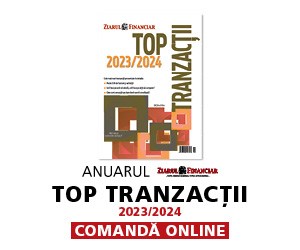Consumption of subsidised drugs tripled in the first quarter of this year thanks to the subsidising of some drug categories by up to 90% and the uncertainty surrounding the liquidity crisis in the payment system.
In other words, people have been taking full advantage of subsidised drugs and the amounts earmarked in the budget will soon run dry, which is one of the factors behind the recent crisis in the health system.
First-quarter consumption of subsidised and free drugs rose to 147 million euros (5,320 billion ROL), compared with 56 million euros (2,268 billion ROL) in the corresponding period of last year, according to data released by the National Health Insurance Office.
From this amount, some 60% represents the category of drugs that is entirely subsidised.
Non-prescription drugs, on the other hand, accounted for around 10% of the free drugs market.
Partially subsidised drugs accounted for slightly over 40% of the almost 150 million euros of total sales for the period.
The 90% subsidy system, which was introduced at the end of last year, was kept in place for the first quarter of 2005, and was changed only in April by the introduction of monthly ceilings on prescriptions. "The rapid growth of subsidised drug consumption in the first quarter occurred amid uncertainties in the system. It has been more of a psychological problem, a reverse effect, which saw patients flooding into drug stores demanding that drugs be given for the entire period of their prescriptions," said Ioan Nani, general manager of Antibiotice Iasi, a pharmaceuticals company.
The number of prescriptions which can be used to obtain free and subsidised drugs increased from 5.7 million in the first quarter of 2004 to 7.4 million in 2005. This level of growth was lower than that for subsidised drugs, implying that the average value of each prescription also increased.
"There was strong growth on the retail side. Substantial growth was also seen for the national diabetes treatment programmes offered in hospitals. Overall, however, the hospital segment was not so dynamic," said Aurel Tudose, general manager of Sindan, a producer of oncologic drugs.
The funds allocated by the Health Ministry to national oncology programmes for this year amounted to somewhere in the region of 2,100 billion ROL (around 58 million euros), a slight increase on last year''s 1,900 billion ROL, said Tudose.
Pentru alte știri, analize, articole și informații din business în timp real urmărește Ziarul Financiar pe WhatsApp Channels











































